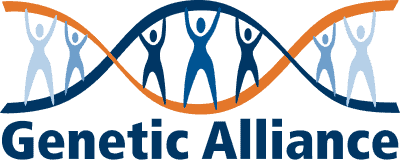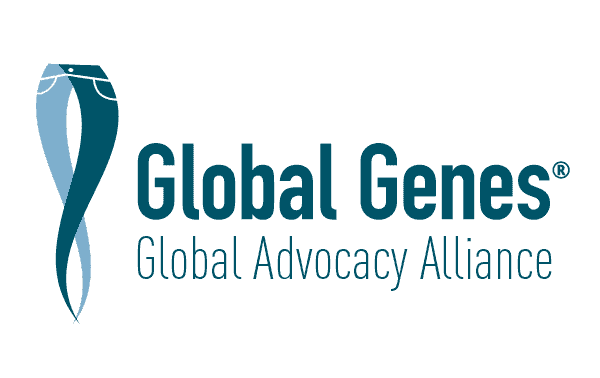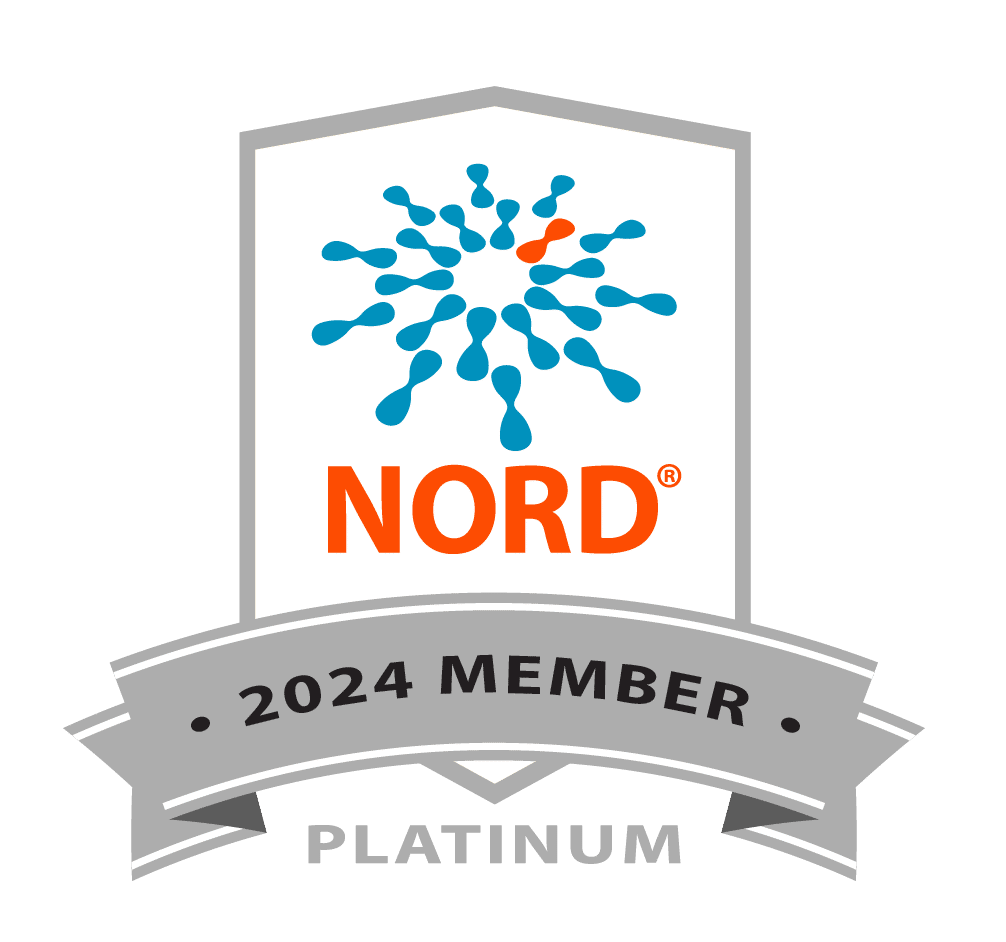Yoko Aoki, Tetsuya Niihori, Shin–Ichi Inoue, Yoichi Matsubara, Department of Medical Genetics, Tohoku University School of Medicine, Sendai, Japan.
Recent studies have shown that a group of genetic disorders results from dysregulation of the Ras/MAPK cascade. These disorders include:
1) Noonan syndrome caused by mutations in PTPN11, SOS1, RAF1, KRAS, BRAF, and NRAS;
2) LEOPARD (multiple lentigines, electrocardiographic conduction abnormalities, ocular hypertelorism, pulmonary stenosis, abnormal genitalia, retardation of growth and sensorineural deafness) syndrome caused by mutations in PTPN11 and RAF1;
3) Costello syndrome caused by activating mutations in HRAS;
4) cardio-facio-cutaneous (CFC) syndrome caused by mutations in BRAF, MAP2K1/2 and KRAS;
5) Noonan-like syndrome caused by mutations in SHOC2 or CBL;
6) neurofibromatosis type I caused by haploinsufficiency of neurofibromin;
7) NF-llike syndrome caused by haploinsufficiency of SPRED1; 7) hereditary gingival fibromatosis caused by a mutation in SOS1;
8) capillary malformation-arteriovenous malformation caused by haploinsufficiency of RASA1 (p120 GAP).
It has been suggested that these syndromes be comprehensively termed Ras/MAPK pathway syndromes or RASopathies.
Using whole exome sequencing, we have identified a total of nine missense, nonsynonymous mutations in RITl GTPase in 17 of 180 individuals (9%) with Noonan syndrome and related conditions, who had no detectable mutations in known Noonan-related genes. RIT1 shows the highest homology with RIT2/RIN, which is another member of GTPase without the CAAX prenylation motif. The downstream effectors of RIT1 have not been fully elucidated. Luciferase assays in NIH3T3 cells showed that five RITl mutations identified in children with Noonan syndrome enhanced ELKl transactivation.
The introduction of mRNAs of mutant RIT1 into one cell-stage zebrafish embryos was found to result in a significant increase of embryos with craniofacial abnormalities, heart defects and an elongated yolk sac. These results demonstrated that gain-of-function mutations in RITl cause Noonan syndrome, showing a similar biological effect to mutations in other RASopathy genes.




